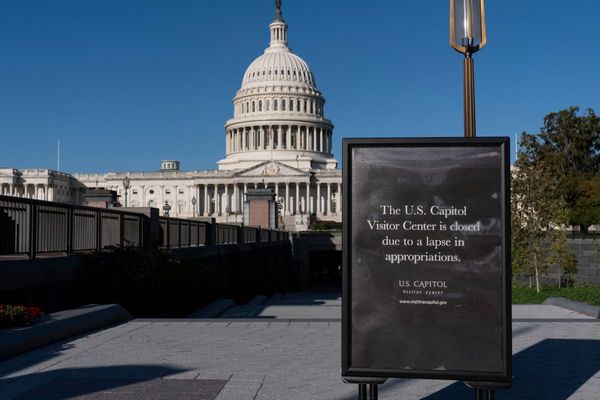
Billed as the next generation of green cars, hydrogen fuel cell vehicles are now being mass produced and are making their way onto roads. In London, a city in which 2.4bn bus journeys were made in 2014-2015 and where 885,300 licensed hire vehicles wind their way through the streets, a switch to hydrogen could be significant in tackling air pollution.
Hydrogen powered vehicles offer a similar range to petrol or diesel cars – approximately 400 miles – and can be refuelled in something like three minutes. Passenger cars from some of the largest car manufacturers, the likes of Honda, Hyundai and Toyota, are now being made commercially, with wide-scale adoption the next frontier.
Hydrogen as a transport fuel has all sorts of applications but is particularly relevant as a low carbon alternative for back-to-base and fleet industries. While most cities still lack a comprehensive hydrogen infrastructure, these vehicles refuel at a single base location and so are well-positioned to make the transition. And unlike clunkier gas refuelling infrastructure, hydrogen infrastructure might only need to be a fraction of the size.
“Were I thinking about how to capture a captive market on day one, I would be looking for fleets of vehicles that fill up at the same location,” says Mark Lawson-Statham, director of corporate finance at Intelligent Energy, a company that develops hydrogen fuel cell technology.
“The necessary infrastructure can be relatively low-cost but it needs to be appropriate for the size of the vehicle pool: so in the early years, starting with asset-light infrastructure on existing forecourts where people are used to filling up their vehicles, and gradually beefing up the infrastructure to the point of new dedicated hydrogen filling stations as the vehicle fleet increases. Scaling things up incrementally means we are never asking people to take a huge upfront risk around the speed of adoption.”
It may prove crucial, says Lawson-Statham, that the fuel cell industry is able to leverage economies of scale. To this end, Intelligent Energy last year signed a £1.2bn deal to deploy hydrogen fuel cell power to telecom towers in India. Not only, the company says, could this have a transformative, greening impact on India’s energy market, it could also propel the development of fuel cells in transport elsewhere, as the cost of production comes down.
Transport for London counts two Hyundai ix35 fuel cell electric vehicles (FCEVs) among its fleet of operational vehicles and will soon add four Toyota Mirai vehicles. The authority recently launched LoCITY, a five-year programme to increase the availability and uptake of low-emission vans and lorries, including those fuelled by hydrogen. London also has a fleet of eight, soon to be 10, hydrogen buses, and there are currently three hydrogen re-fuelling stations in the city. One is solely used for the hydrogen bus fleet and two are publicly accessible. Three more public stations are scheduled to open in the city by the end of this year.
Matthew Pencharz, London’s deputy mayor for environment and energy and chair of the Hydrogen London Partnership, said: “By embracing this technology of the future, we aim to consolidate hydrogen’s role as a practical alternative fuel for the 21st century. With hydrogen vehicles, the only by-product is water and there are zero harmful tailpipe emissions, which will play a key role in the mayor’s vision for a low carbon London.
“London was one of the first cities to use hydrogen powered buses and we are now working with the industry to ensure the capital has enough re-fuelling stations to support the commercial rollout of these vehicles.”
Policies related to improving air quality may prove crucial in stimulating the adoption of FCEVs. Replacing diesel vehicles with FCEVs could save between £100m and £200m a year in the cost of damage to air quality caused by vehicle emissions by 2050, according to UK government figures.
Those at every link of the supply chain have a duty to contribute sustainably to this technology and maximise its greening potential, says Andrew Hinkly, executive head of marketing at Anglo American Platinum, which has invested in innovation in this field. Hydrogen fuel cells produce energy to run an electric engine. Though several different types exist, the most developed is the proton exchange membrane fuel cell, which contains platinum catalysts.
“Platinum unlocks this technology,” he says. “The mining industry has a business interest in driving this technology forward of course but also, an interest in ensuring the sustainability of the resources we all use. This technology allows us to accomplish both of these objectives.”
When hydrogen is produced from sources such as spare renewable generation capacity or biomass, carbon emissions are eliminated entirely from the life cycle or “well-to-wheel” assessment. However, the vast majority of hydrogen is produced using natural gas therefore cleaner methods of production should be prioritised.
Content on this page is paid for and provided by Anglo American, sponsor of the social impact hub







